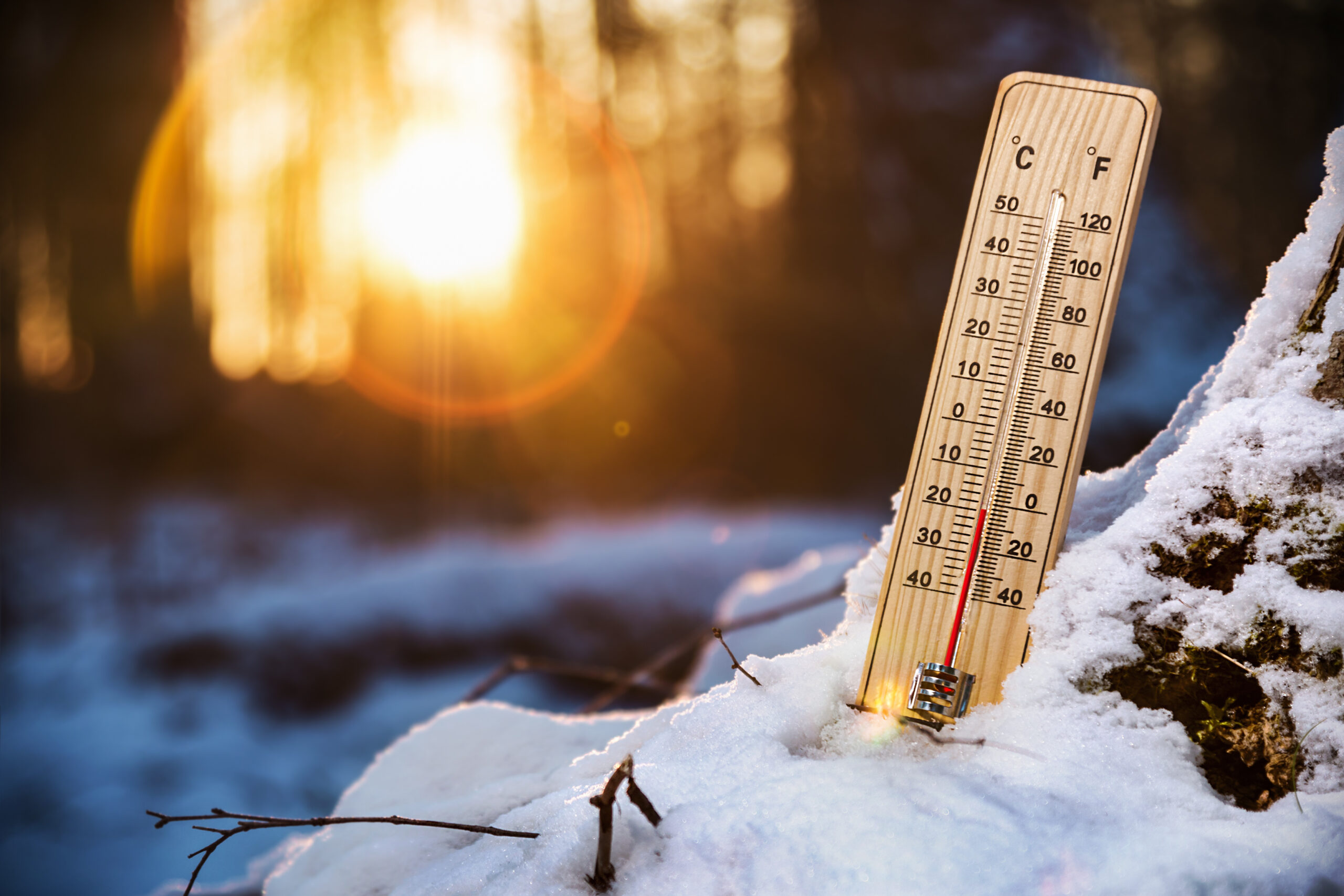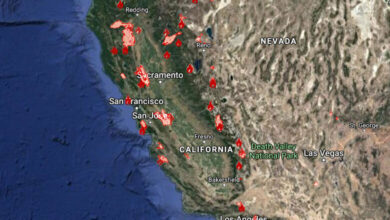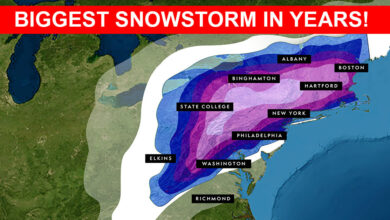A
A
A
While much of the eastern and northern portions of the nation have been pummeled with severe weather and snow over the last few weeks, this weather pattern is not necessarily indicative of what is to come this winter. Here is what you need to know about what forecasters are saying about the 2020-21 winter season.
What is in Store: According to The Weather Company, an offshoot of IBM, the southern and eastern US is likely to experience mild temperatures throughout the winter. Most areas of the Gulf Coast region, the Deep South, the East Coast, and the Midwest will see temperatures that are considered to be well above average. The High Plains, Rocky Mountain region, and most of Arizona will see moderate above-average temperatures.
Read More »
Those people on the West Coast stretching through California, Oregon, Washington, Idaho, and northern Wyoming are predicted to see at or slightly above average temperature readings. The only areas of the country that is expected to see colder than average weather are parts of Montana and extreme northern North Dakota.
Why the Warmer Outlook? So why are forecasters predicting a warmer than average winter for the majority of the country? The primary reason lies with the fact that La Niña conditions will drive the forecast over the next few months. This weather phenomenon is defined as the cooling of temperatures in the Pacific Ocean near the equator. This cooling of sea-surface temperatures often affects weather patterns throughout the US. The effects of the strong La Niña pattern would most likely be felt toward the end of the winter and into the early spring.
In addition, meteorologists often look toward the weather pattern in November as a harbinger of things to come over the next few months. November has been generally mild in many parts of the country, leading to the predictions that the conditions will continue through the winter.
All of this being said, it is important to keep in mind that these predictions are just general patterns. A milder than average winter does not mean that your area will not see any colder than normal blasts of air or greater than average amounts of precipitation on specific occasions.
Month by Month Predictions: Here is what The Weather Company has to say about each month this winter season.
- December – Those people looking for milder weather than average in December should stick to the Deep South and the East Coast. Residents in the Midwest through the West Coast will likely start off winter with temperatures hovering generally close to the average for the month of December. As the winter drags on, the warming effects of La Niña will begin to become more apparent.
- January – Although January is usually the coldest month of the year for most parts of the country, the first month of the year may be an outlier in 2021. The greatest deviations from normal temperatures will likely occur from the Plains stretching through the East Coast.
- February – Like January, the Central and Southern Plains will see temperatures much above normal. This band of warmer weather will stretch to the East Coast. And just like January, only a small area of the northwestern swath of the country will see temperatures that will not reach average.
And What About Snowfall? Snowfall amounts can be a little trickier to forecast than temperatures. Meteorologists will shy away from making general snowfall predictions so far in advance. However, there are general patterns that remain consistent within the La Niña winter.
For the most part, a La Niña winter produces higher amounts of snowfall over the Northwest and across the northern Rockies. The upper Midwest Great Lakes region is also more likely to see greater amounts of snow during a La Niña weather pattern. Conversely, the Central and Southern Plains, the Southwest, and the mid-Atlantic states will generally see less snowfall than average.






